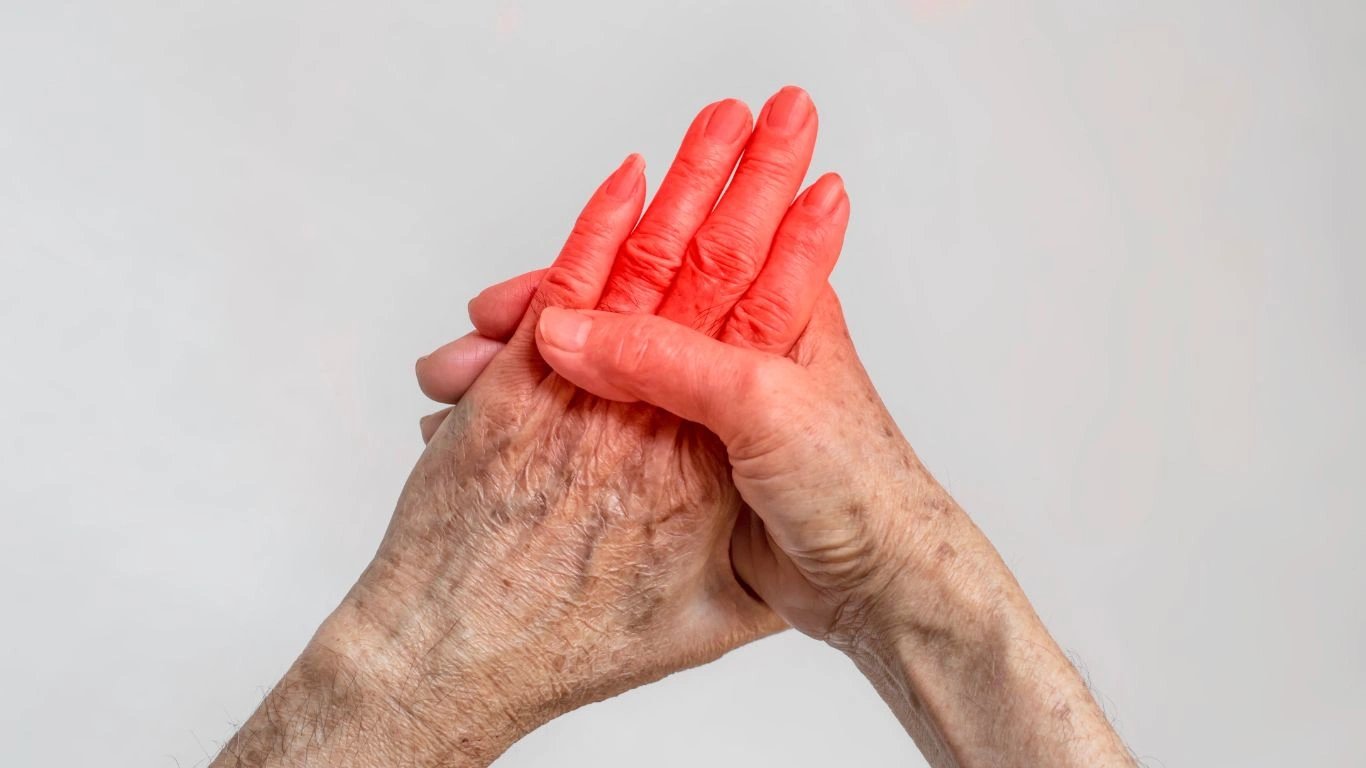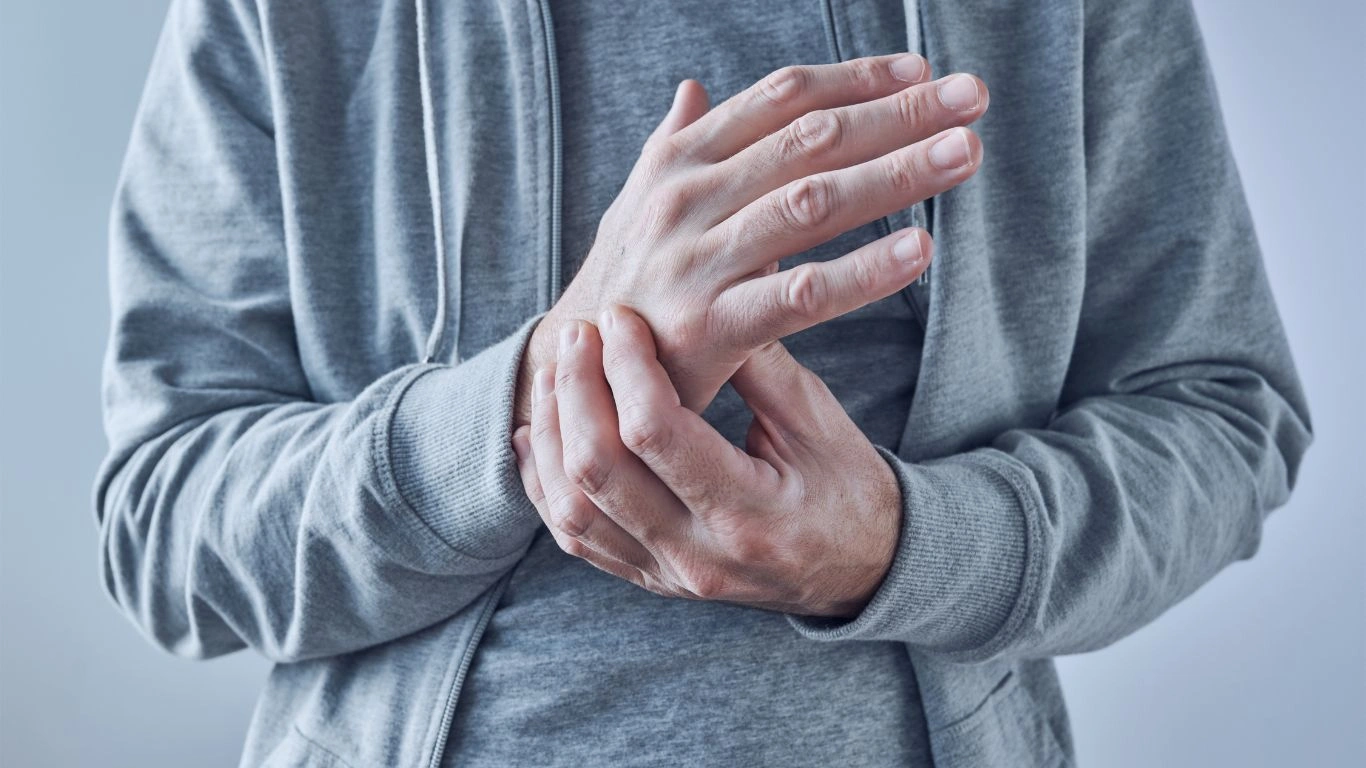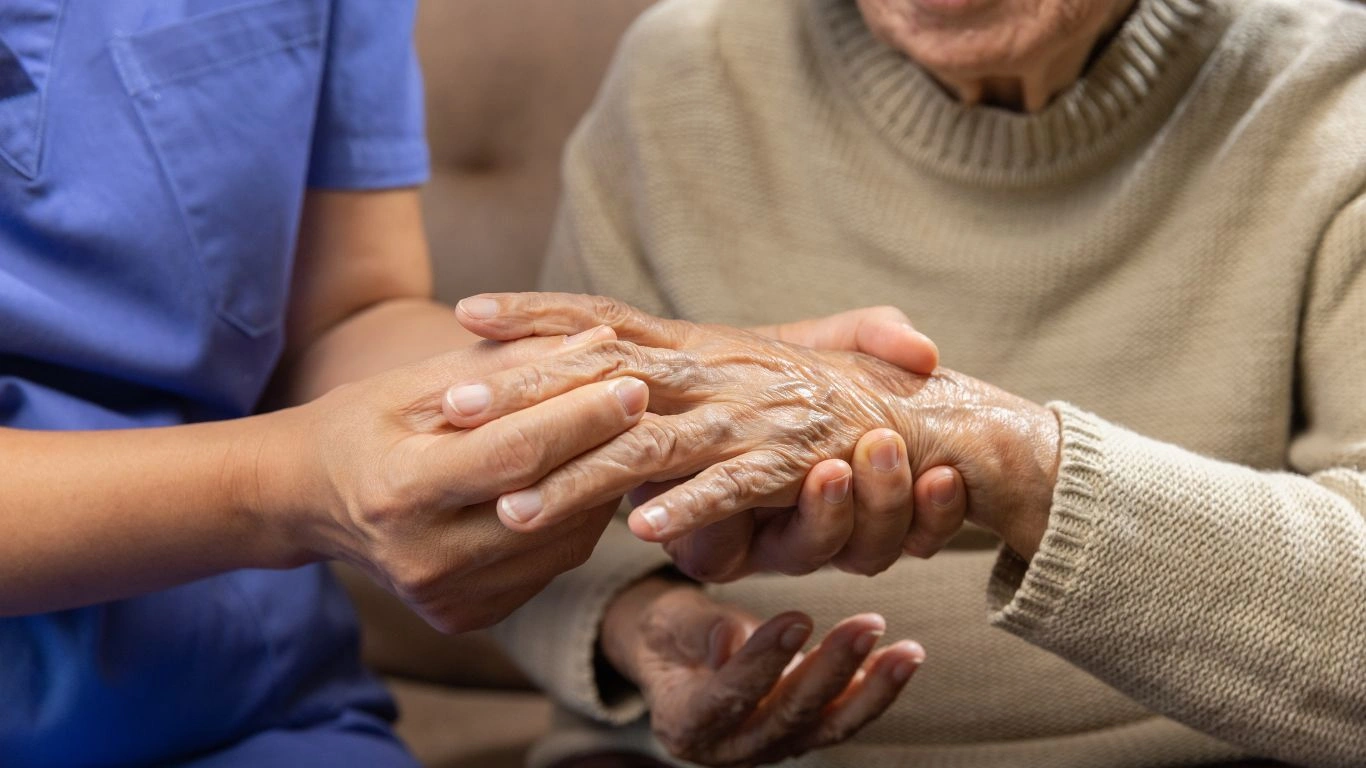How to Strengthen Joints with Rheumatoid Arthritis: Tips & Strategies for Everyday Life
If you’re living with rheumatoid arthritis (RA), you probably know how challenging it can be to keep your joints strong and pain-free. But don’t worry—there are ways to strengthen your joints even with RA. Whether you’re looking for tips on exercises, nutrition, or lifestyle changes, we’ve got you covered!
Rheumatoid arthritis can be tough to manage, but the good news is that with the right approach, you can still take steps to help maintain your joint strength and mobility. RA doesn’t have to keep you from staying active, and it doesn’t have to take over your life.
What RA Does to Your Joints
If you’re dealing with rheumatoid arthritis, your immune system is essentially attacking the lining of your joints. This causes inflammation, which can lead to pain, stiffness, and eventual joint damage. Over time, this damage can weaken the joints, which makes it harder to move them. But here’s the thing: RA might affect the joints, but it doesn’t mean you’re powerless. There are several ways to protect, strengthen, and even improve your joint function.
What You Can Do to Strengthen Your Joints
There are a few key things you can do to help keep your joints strong despite RA. Let’s break them down:
1. Gentle Exercises to Keep Things Moving
I know it might seem counterintuitive—exercise when your joints hurt? But the truth is, staying active is one of the best ways to strengthen your joints when you have RA. Regular, low-impact exercises help increase flexibility and reduce stiffness, which can make daily movements less painful.
- Swimming or Water Aerobics: These are some of the easiest exercises for people with RA because the water supports your body, so it reduces stress on your joints.
- Walking: It’s free, it’s simple, and it can really make a difference. Just make sure to wear supportive shoes, and start slow.
- Yoga: Stretching and strengthening your muscles with yoga can improve your joint function and help you manage pain. It’s also great for calming your mind (which is a bonus when dealing with RA!).
- Strength Training: Don’t be scared of weights! Lifting light weights can help build muscle around your joints, providing extra support and reducing strain. Just be sure to start with lighter weights and consult a physical therapist if you’re unsure about form.

2. Nutrition to Support Joint Health
The food you eat plays a huge role in managing RA. While there’s no magic diet to cure rheumatoid arthritis, certain foods can help reduce inflammation and protect your joints.
- Omega-3 Fatty Acids: Foods like salmon, walnuts, and flaxseeds are packed with omega-3s, which are known for their anti-inflammatory properties. Try to include these in your diet regularly.
- Antioxidant-Rich Foods: Berries, leafy greens, and other colorful veggies are loaded with antioxidants that can help fight inflammation. They also provide your body with essential nutrients that support joint health.
- Turmeric and Ginger: These spices are often used for their natural anti-inflammatory effects. You can add them to your meals, or even make a soothing tea.
- Avoid Processed Foods: Things like fast food, sugary snacks, and refined carbs can increase inflammation. Eating a whole-foods-based diet can go a long way in managing RA symptoms.

3. Lifestyle Adjustments to Protect Your Joints
Besides exercise and food, there are a few lifestyle changes that can help you keep your joints in good condition.
- Rest and Recovery: Don’t overdo it! You need to listen to your body. Rest is just as important as activity, especially when it comes to managing RA flare-ups.
- Weight Management: Extra weight puts more stress on your joints, especially your knees, hips, and spine. Maintaining a healthy weight can reduce the strain on your joints and help prevent further damage.
- Heat and Cold Therapy: Applying a warm compress to sore joints can help relax muscles and ease stiffness. On the flip side, cold packs are great for reducing swelling and numbing sharp pain.
- Joint Protection: You can make simple changes in your environment to reduce strain on your joints. For example, using assistive devices like jar openers or ergonomic tools can help prevent unnecessary stress on your hands and wrists.

4. Medication and Professional Help
Managing pain and inflammation with medication is often part of the process for people with RA. But it’s also important to work with a healthcare provider to find the right treatment plan for you.
- Disease-Modifying Antirheumatic Drugs (DMARDs): These can slow the progression of RA and help prevent joint damage. Biologic DMARDs are a newer class of medications that can target specific parts of the immune system that are involved in the RA process.
- Physical Therapy: A physical therapist can show you exercises and techniques tailored to your needs, helping you strengthen joints while protecting them from further damage.
- Pain Relief: Nonsteroidal anti-inflammatory drugs (NSAIDs) or even prescription pain medications can help manage the pain during flare-ups. Always consult your doctor before using these regularly.

5. Staying Positive and Managing Stress
Let’s not forget the mental aspect. Chronic pain and joint damage can take a toll on your mood and outlook. But keeping a positive mindset can help you cope better with RA. Practice stress-management techniques like deep breathing, meditation, or journaling. Staying mentally strong is just as important as physical strength.
Conclusion: Stay Active, Stay Healthy
It’s totally possible to strengthen your joints with rheumatoid arthritis. It’s all about finding the right balance between exercise, diet, rest, and professional care. By staying proactive and following a plan tailored to your needs, you can manage RA and keep your joints in the best shape possible.
Appendices
FAQs
- Can exercise make my rheumatoid arthritis worse? Exercise can actually help manage RA symptoms, as long as it’s low-impact and doesn’t put too much strain on your joints. Always check with your doctor or physical therapist before starting a new exercise routine.
- What foods should I avoid with rheumatoid arthritis? Processed foods, sugary snacks, and refined carbs can trigger inflammation. It’s a good idea to avoid these and focus on whole foods instead.
- How often should I exercise with RA? Aim for at least 30 minutes of gentle exercise most days of the week. But always listen to your body and rest when needed.
- What type of joint protection devices can I use? There are several devices, like wrist supports, knee braces, or assistive tools for tasks like opening jars. A physical therapist can recommend what works best for you.
- Is there a cure for rheumatoid arthritis? Currently, there’s no cure, but there are many ways to manage symptoms and slow down the disease progression with the right treatment and lifestyle changes.
References
- Rheumatoid Arthritis: What You Need to Know. Arthritis Foundation. Link
- Managing Rheumatoid Arthritis Through Diet and Exercise. National Institutes of Health. Link
- The Role of Physical Therapy in RA Management. Mayo Clinic. Link
Disclaimer
This article is for informational purposes only and is not intended to replace medical advice. Always consult with a healthcare provider for personalized guidance on managing rheumatoid arthritis.

Tarra Nugroho is a dedicated Nurse Practitioner with a strong foundation in family and preventive care. She brings both compassion and clinical expertise to her practice, focusing on patient-centered care and health education. As a contributor to Healthusias.com, Tarra translates medical knowledge into clear, empowering articles on topics like women’s health, chronic disease management, and lifestyle medicine. Her mission is simple: help people feel seen, heard, and informed—both in the clinic and through the content she creates. When she’s not caring for patients, Tarra enjoys weekend hikes, plant-based cooking, and curling up with a good health podcast.






